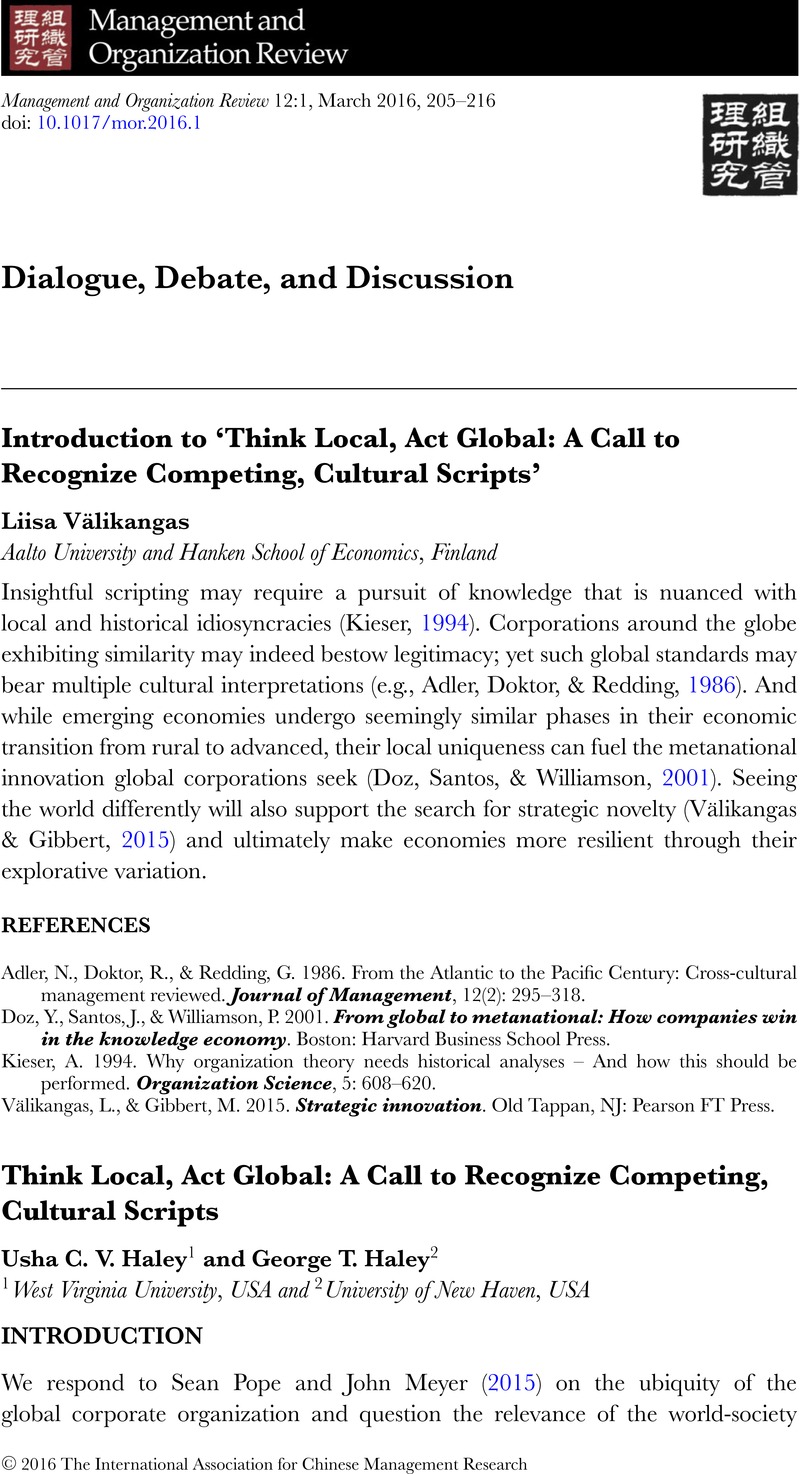Crossref Citations
This article has been cited by the following publications. This list is generated based on data provided by Crossref.
Pope, Shawn
and
Meyer, John W.
2016.
Local variation in world society: six characteristics of global diffusion.
European Journal of Cultural and Political Sociology,
Vol. 3,
Issue. 2-3,
p.
280.
Michelson, Ethan
2018.
Decoupling: Marital Violence and the Struggle to Divorce in China.
SSRN Electronic Journal,
Michelson, Ethan
2019.
Decoupling: Marital Violence and the Struggle to Divorce in China.
American Journal of Sociology,
Vol. 125,
Issue. 2,
p.
325.
Haley, Usha C. V.
Cooper, Cary L.
Hoffman, Andrew J.
Pitsis, Tyrone S.
and
Greenberg, Danna
2022.
In Search of Scholarly Impact.
Academy of Management Learning & Education,
Vol. 21,
Issue. 3,
p.
343.
Albarracin, Mahault
and
Poirier, Pierre
2022.
Enacting Gender: An Enactive-Ecological Account of Gender and Its Fluidity.
Frontiers in Psychology,
Vol. 13,
Issue. ,





